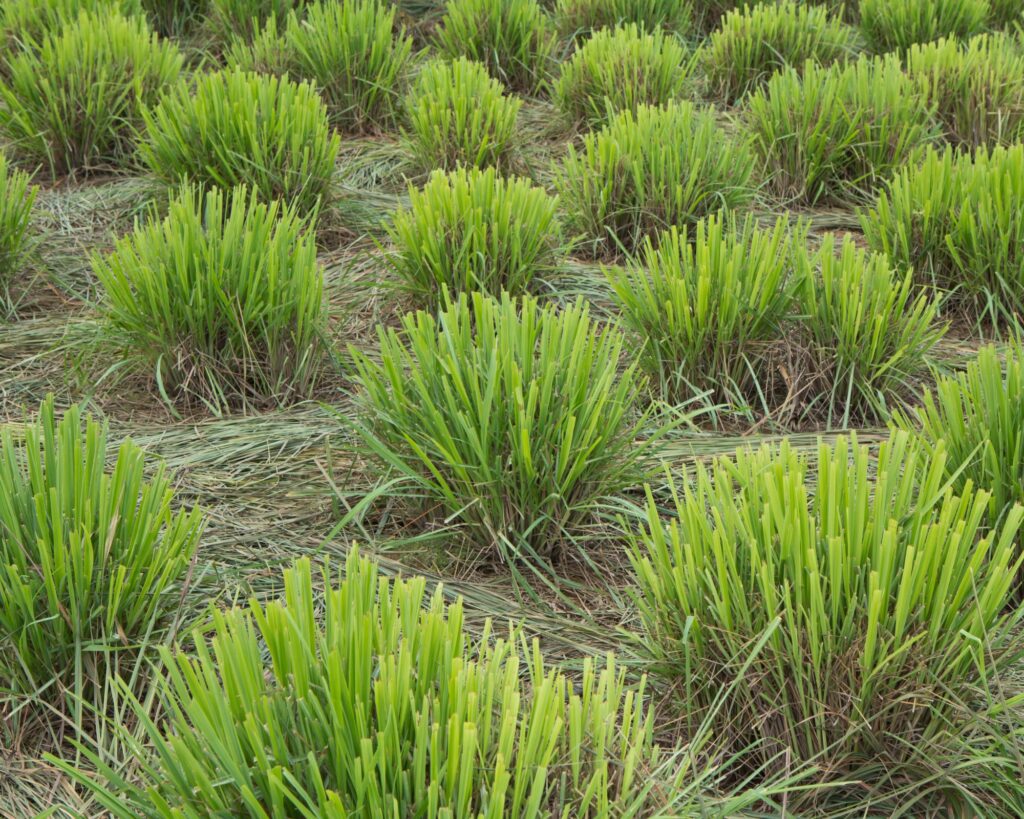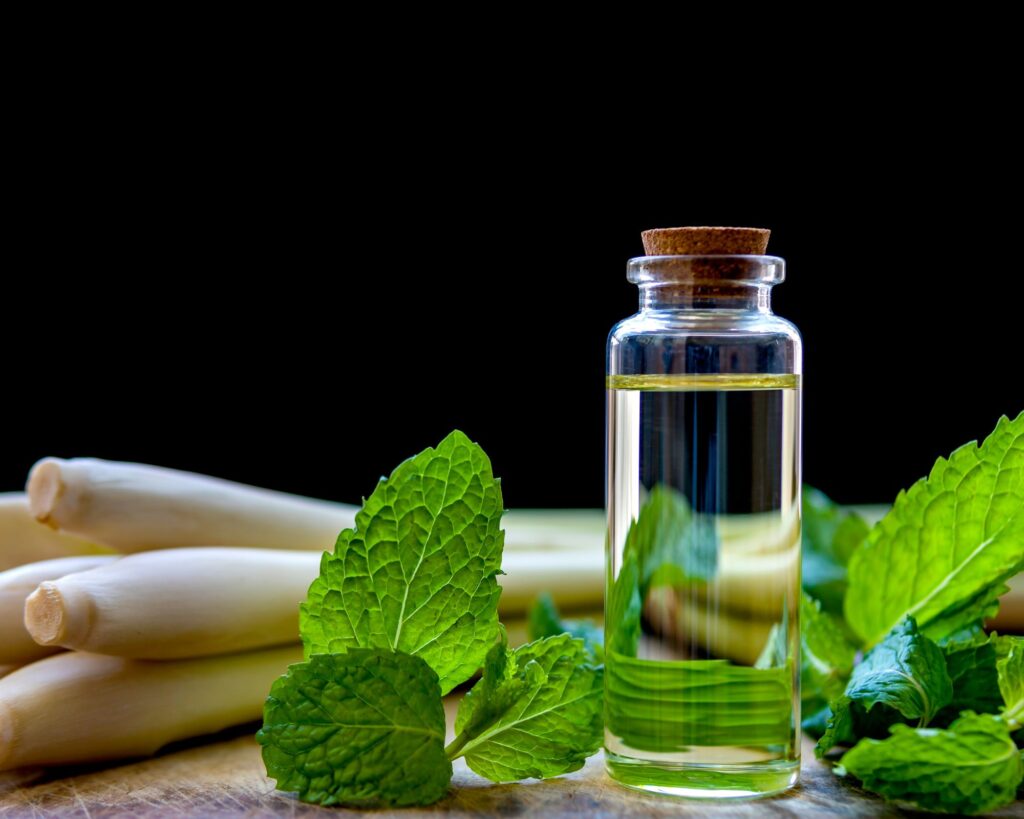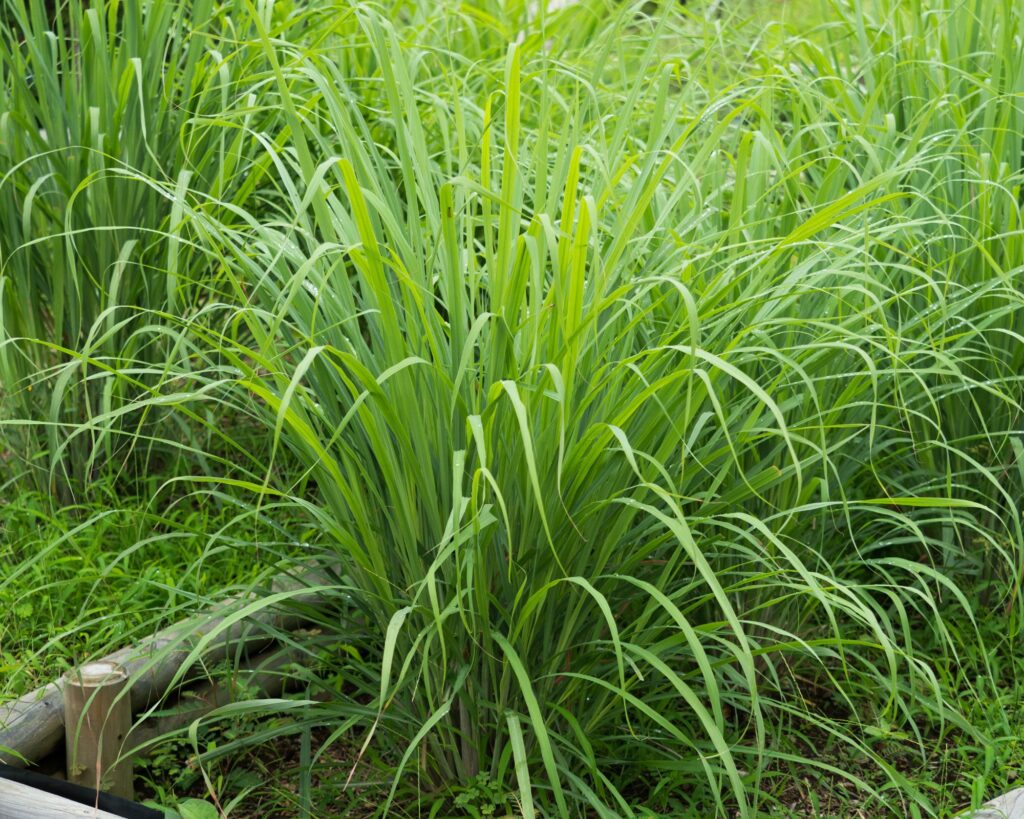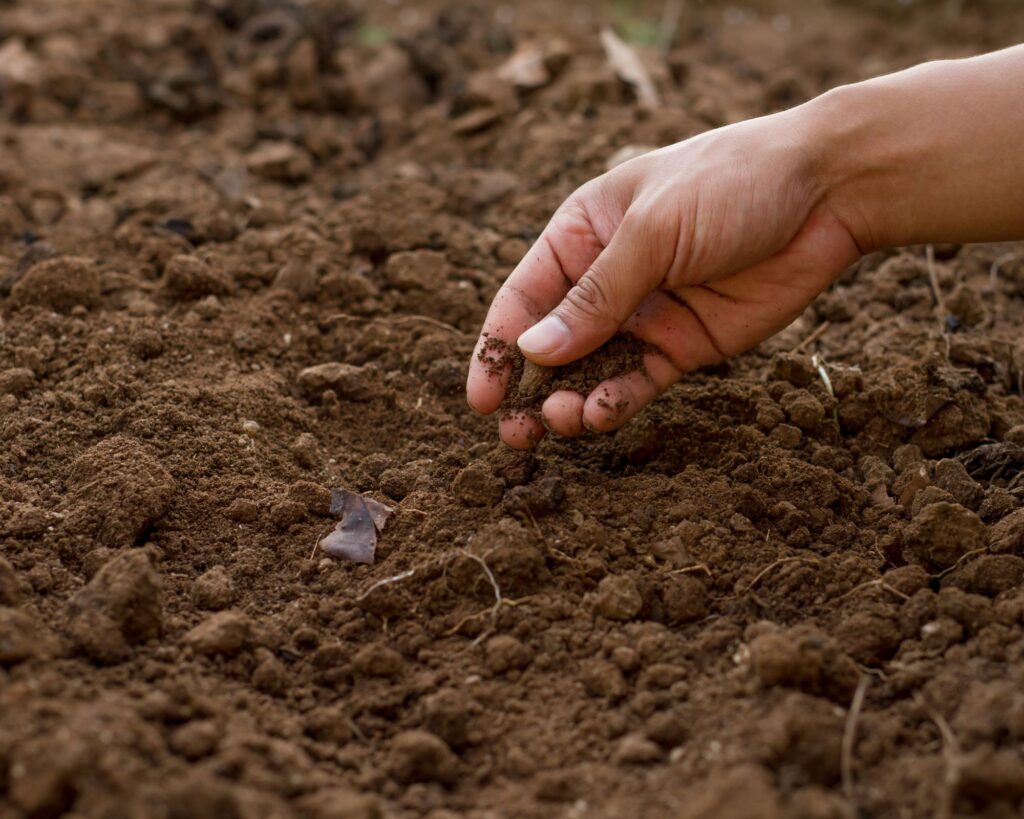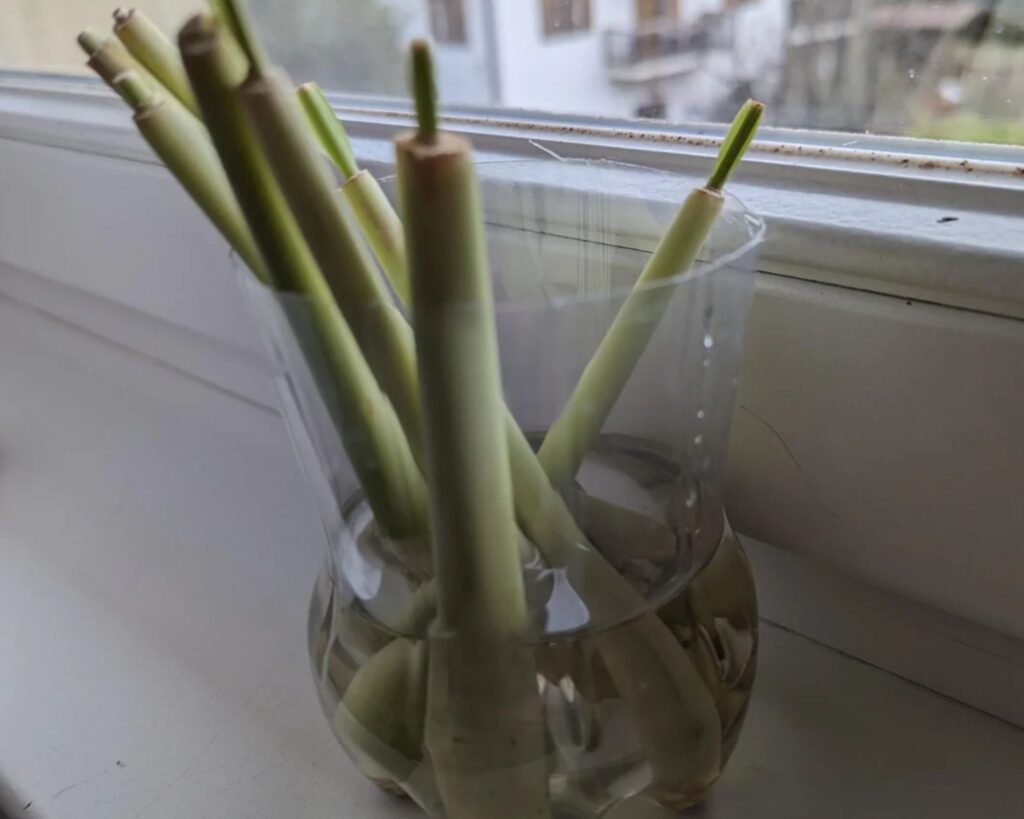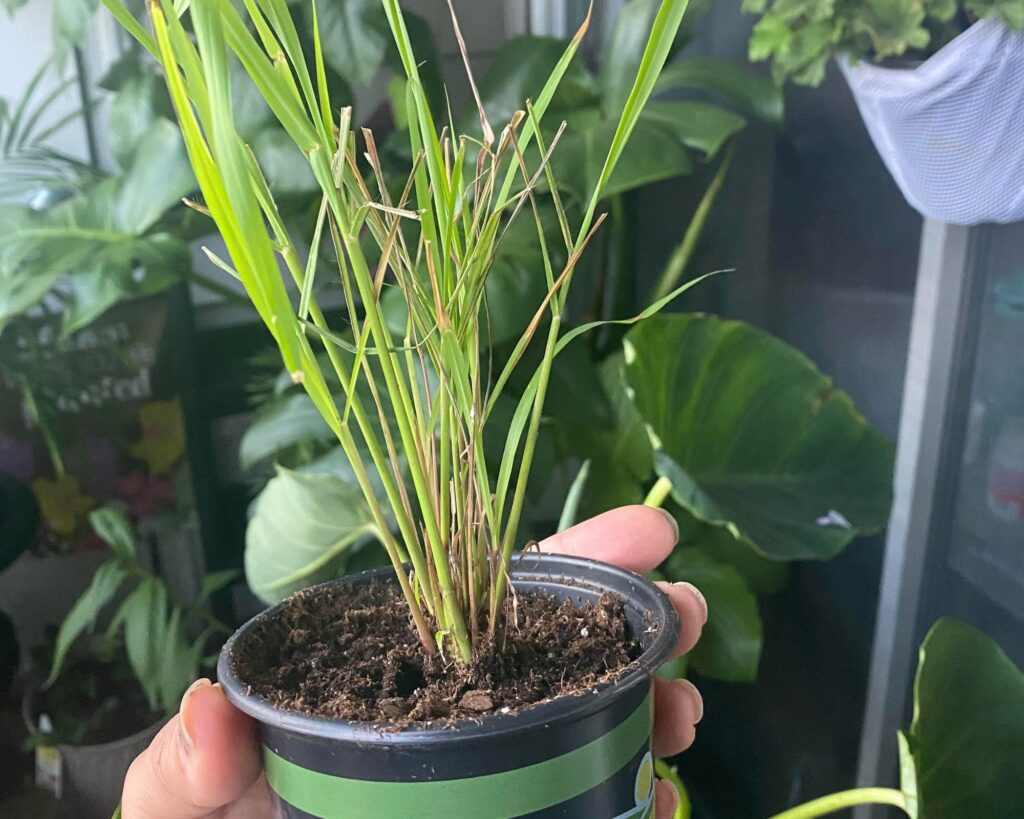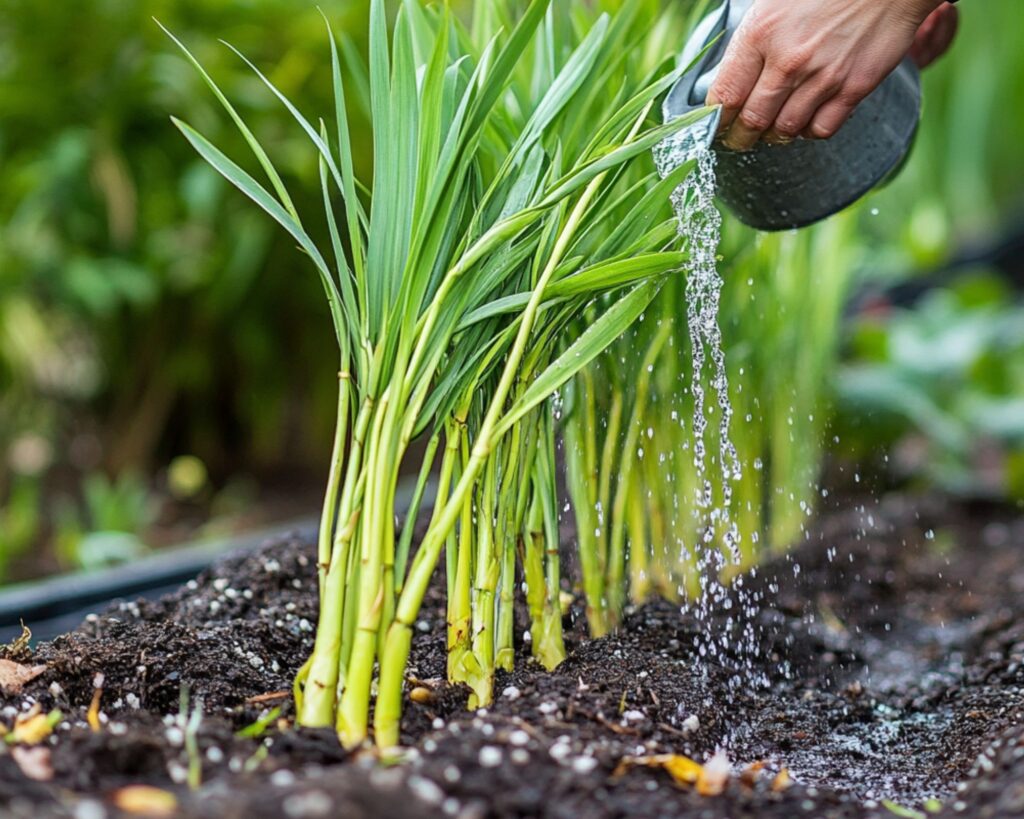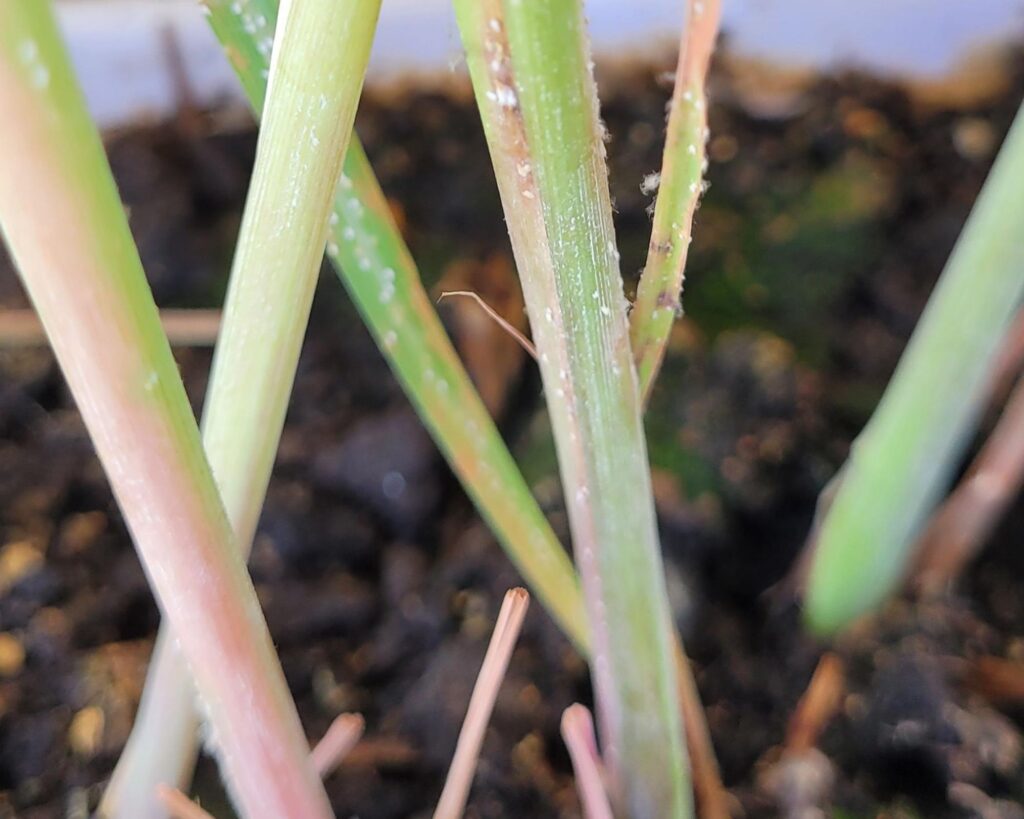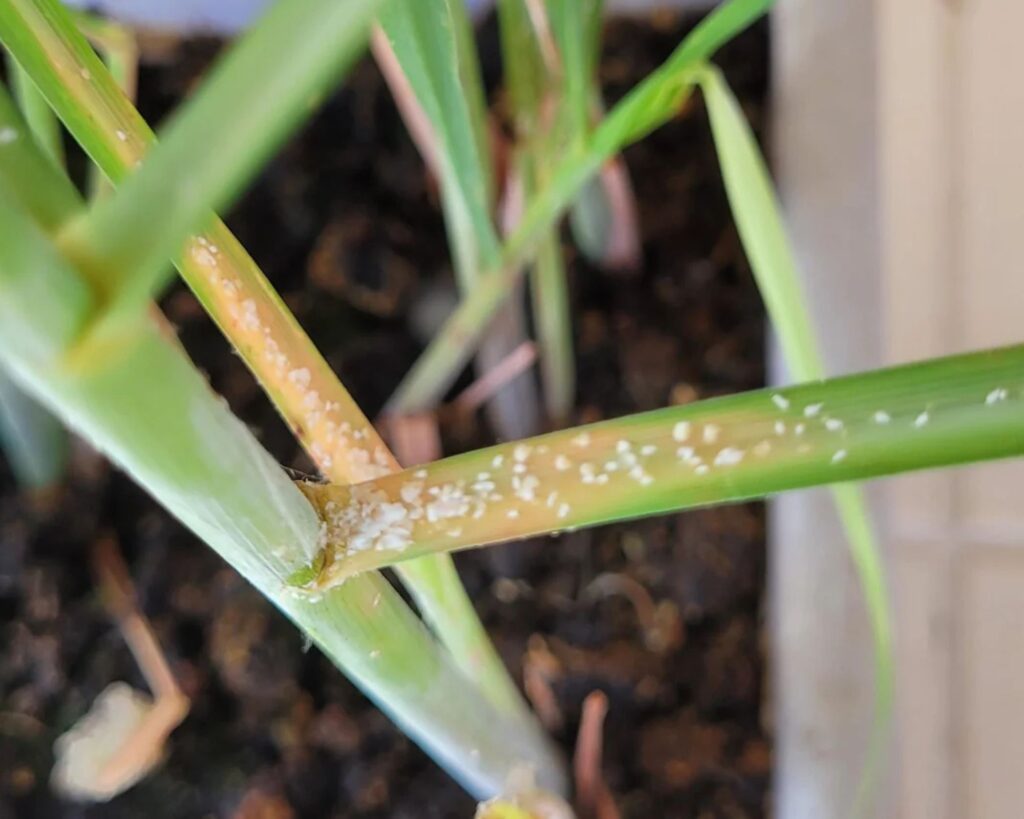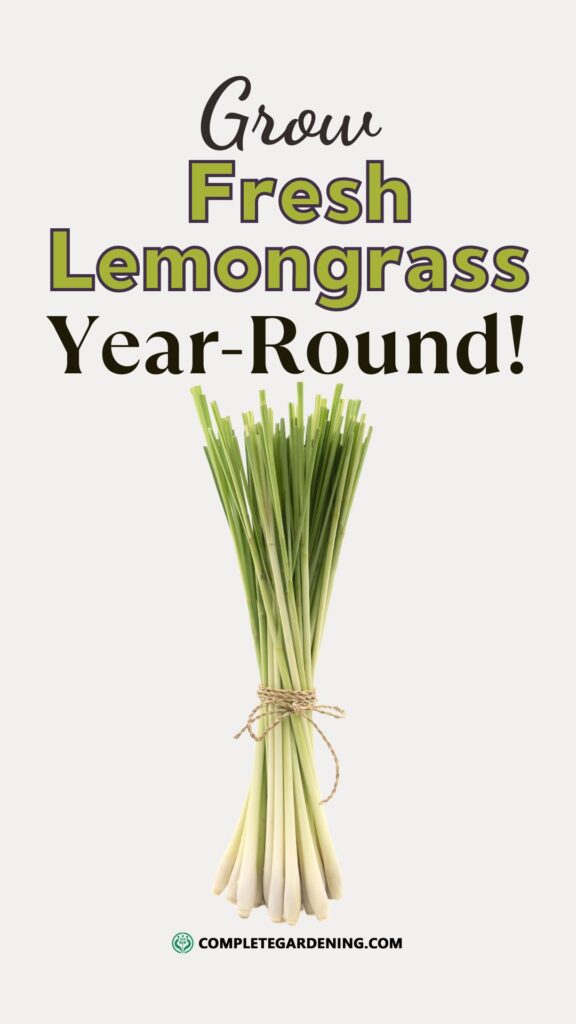Want to elevate your cooking with a burst of fresh, citrusy flavor while adding lush beauty to your home? Growing lemongrass at home could be your next exciting gardening adventure.
This fragrant herb not only enhances meals but also doubles as a natural pest repellent and an eye-catching addition to your space. Just imagine the refreshing aroma every time you pass by its vibrant stalks.
The best part? Lemongrass is surprisingly easy to grow. Whether you have a sunny garden or a bright window indoors, this warm-weather lover thrives with minimal effort.
Let’s explore how you can easily grow this versatile herb and enjoy all its benefits.
Understanding Lemongrass
Lemongrass is a versatile plant known for its fresh, citrusy aroma and is prized for both its culinary uses and health benefits. Discovering its origins and varieties, as well as the advantages of growing it, will enrich your gardening experience.
Origins and Varieties
Lemongrass thrives in tropical and subtropical climates, originating from regions in Asia, Africa, and Australia. There are multiple species, but the two most common are Cymbopogon citratus and Cymbopogon flexuosus.
Cymbopogon citratus, also known as West Indian lemongrass, is the preferred type for culinary purposes due to its milder flavor. It is widely used in Southeast Asian cooking.
Cymbopogon flexuosus, or East Indian lemongrass, is often cultivated for its essential oils. This variety has a stronger aroma and is ideal for perfumes and soaps.
Understanding these differences helps in selecting the right type for your home garden. The plant’s grass-like appearance adds a decorative touch to gardens or pots.
Benefits of Growing Lemongrass
Growing lemongrass at home offers numerous benefits. This plant is known for its unique flavor, enhancing dishes like soups, curries, and teas.
Lemongrass also has potential health benefits, as it contains antioxidants and antimicrobial properties, which may boost immune health.
Additionally, it acts as a natural mosquito repellent, making it ideal for patios and gardens, particularly during warm months. The plant is relatively low-maintenance, thriving in well-drained soil under full sunlight.
This makes it suitable even for novice gardeners. Besides its practical uses, lemongrass offers aesthetic appeal with its lush green foliage, adding beauty to your outdoor space.
Getting Started
To successfully grow lemongrass at home, you’ll need to focus on selecting a suitable location, preparing the soil adequately, and choosing the right propagation method. Each step is vital to encouraging healthy growth and maximizing your yield.
Choosing the Right Location
Find a sunny spot in your garden or on your balcony. Lemongrass thrives in locations where it can receive at least 6-8 hours of direct sunlight daily.
Consider areas that are sheltered from strong winds, as this can help protect the plant. If growing indoors, place your plant near a south-facing window.
Remember: lemongrass loves warmth, so ensure the temperature remains above 50°F (10°C). Keeping your plants warm will support robust growth and fragrant leaves.
Soil Preparation
Start with well-draining soil containing rich organic matter. You can create a nutrient-rich environment by mixing garden soil with compost or aged manure. Lemongrass prefers slightly acidic to neutral pH levels between 5.8 and 7.0.
Using a pH meter or kit can help you make necessary adjustments. For additional drainage, add some sand or perlite. Waterlogged soil may lead to root rot, so ensure good drainage.
Regularly replenishing the soil with organic matter will keep your lemongrass nourished.
Propagation Methods
Propagation of lemongrass can be done through seeds, stalks, or divisions. The quickest method involves using stalks. Purchase fresh stalks from a grocery store, ensuring they have a bulb. Place the stalks in a glass of water near sunlight until roots appear.
Once rooted, they can be transplanted into soil.
For seeds: sow them indoors in small pots, covering lightly with soil, and water regularly. Seedlings can then be transplanted outdoors after they grow a few inches tall.
Dividing existing plants is another option, which enables you to increase your supply by carefully separating clumps with roots intact.
Planting and Caring for Lemongrass
Growing lemongrass at home is simple when you know the steps for planting, watering, fertilizing, and pruning. These essentials will ensure a healthy and productive plant.
Planting Guide
To start, choose a sunny location with well-draining soil. Lemongrass prefers a warm climate and will thrive outdoors in USDA hardiness zones 9-11.
In cooler climates, consider planting in pots to bring inside during colder months. Begin by planting lemongrass stalks with the bulbous ends about 1 inch deep in soil. Space them roughly 24 inches apart to allow ample room for growth.
As lemongrass can grow tall, ensure your location can accommodate the plant’s height. Within weeks, you should notice vibrant green shoots emerging, signaling healthy growth.
Watering Needs
Consistent moisture is key, but avoid waterlogging. Lemongrass enjoys frequent watering, especially during dry spells, but ensure that the soil dries out slightly between waterings.
It’s advisable to water your plant early in the morning or late in the evening to prevent evaporation. If you’re growing indoors, check the soil’s top inch for moisture before watering again.
Overwatering can lead to root rot, so well-draining soil is essential. Keeping a routine helps maintain the lushness of the plant’s shoots.
Fertilizing and Pruning
For best results, fertilize once a month with a balanced liquid fertilizer. This supports lush growth and vibrant leaves. If growing outdoors, you may notice the plant needing less frequent feeding.
During its active growing period, typically spring and summer, consistent fertilization aids robust expansion. As for pruning, regularly trim the stalks to encourage bushier growth and prevent the plant from becoming too leggy.
Cut the older, outer leaves as needed. Pruning not only maintains the desired shape but also promotes new growth.
Pest and Disease Management
Taking care of lemongrass involves keeping an eye on potential pests and diseases. Aphids and spider mites are common culprits.
You might notice these tiny pests on your plant, and they can cause damage by sucking the sap from the leaves. Keep your plants healthy to deter them.
Regularly inspect your lemongrass for signs of these pests. A simple spray of water can dislodge them. Alternatively, a mild solution of soapy water can be an effective treatment. Ensure you rinse the leaves thoroughly afterward to avoid harming the plant.
Fungal diseases are another concern, especially in very humid environments. Leaf blight and rust might affect your plants.
Maintain good air circulation around the plants to minimize the risk. It helps to avoid overhead watering and instead focus on watering at the base.
If you spot any disease symptoms, remove affected leaves promptly. Disposing of these safely will help prevent the spread to other plants.
Try using an organic fungicide if needed. This can provide an extra layer of protection without resorting to harsh chemicals.
By staying vigilant and being proactive, you ensure your lemongrass thrives. A little attention goes a long way in keeping pests and diseases at bay, allowing your plant to grow healthy and strong.
Remember to enjoy the process and learn as you nurture your herb garden.
Harvesting and Utilizing Lemongrass
Knowing when to harvest lemongrass ensures peak flavor and freshness. Proper storage extends its shelf life and keeps it ready for various uses.
When and How to Harvest
Lemongrass is best harvested when stalks are roughly one-half to one inch in diameter. This usually occurs four to eight months after planting. For a successful harvest, choose a sturdy stalk and cut it at ground level with a sharp knife or scissors.
It’s important to leave some stalks intact for continued plant growth. This allows your lemongrass to regrow and provide a continuous supply. Stalk tops can be cut into sections for tea, while the lower portion is ideal for cooking.
Regular harvesting encourages new growth and prevents the stalks from becoming woody. This ensures your lemongrass remains tender and flavorful.
Storing Lemongrass
After harvesting, peel away any tough outer leaves to reveal the softer core. Rinse the stalks with water to remove dirt and debris. Pat them dry with a paper towel before storing.
Wrap whole stalks in plastic wrap and keep them in the refrigerator. This keeps them fresh for up to two weeks.
You can also freeze chopped lemongrass in an airtight container for up to six months.
For long-term storage, consider drying the stalks. Slice them thinly and lay them out in a single layer.
They can then be stored in an airtight jar, ready for use in teas or broths whenever you need a citrusy kick.
Growing lemongrass at home is both rewarding and practical, offering fresh, flavorful stalks for your kitchen and ornamental beauty for your garden.
With proper care – like choosing a sunny spot, using well-drained soil, and regular watering – lemongrass can thrive in various conditions.
By following simple steps for planting, pruning, and pest management, you’ll enjoy a continuous supply of this aromatic herb.
Whether you harvest it for culinary purposes or health benefits, lemongrass brings versatility to your home garden, making it a valuable addition for beginners and experienced gardeners alike.

